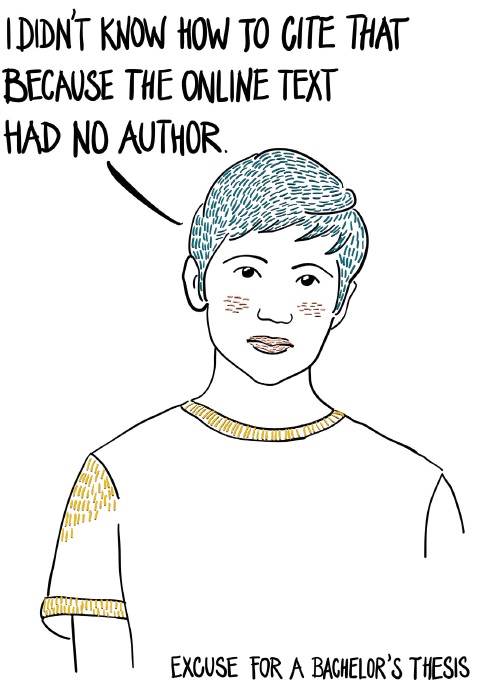Dear students,
You’ve probably heard about plagiarism before. Unfortunately, it’s a real problem that we encounter in academia. You might be worried that plagiarism could happen to you, too. It can arise not only intentionally (we don’t suspect you of that), but also due to carelessness or lack of knowledge.
In this handbook, we will show you how to correctly deal with sources of literature and a bibliography, which you use while writing your seminar papers, thesis and other academic texts – as a matter of fact in any work in which you use the findings of your predecessors.
We all know how tempting it is to make our job easier, especially when someone has already formulated exactly what we want to say, or when we’re under time pressure. This is really tricky. It’s becoming apparent that even years after the end of our studies, plagiarism can be exposed. Of course, a student handbook can’t force you to obey academic integrity principles.
In this handbook you’ll learn:
- how to formulate your own ideas
- how to correctly reference different sources
- what exactly constitutes plagiarism
- how to avoid various forms of plagiarism
- examples of (in)famous cases of plagiarism
- three tips against plagiarism
- and finally, some advice for avoiding time pressure
Naturally, you will not find a magic manual for writing great academic texts here. That’s because it doesn’t exist. You need to read a lot, write a lot, and talk a lot with your lecturers and fellow students.
For the purposes of clarity, let’s describe an
Academic text
- It presents findings to other researchers.
- It is not emotional.
- Nevertheless, it contains a story. The story describes your exploration of the topic, how you collected data or conducted experiments, and what your conclusions are. The story also facilitates the reading of your text, and perhaps will motivate the reader to cite your work or to follow up with his or her own research.
- In the research part, it summarizes what we know about the topic so far.
- It formulates questions and hypotheses.
- It describes your own findings and compares them to existing knowledge.
- It explains the methodology used, the collection of data and their analysis.
- And, naturally, it makes correct and ethical use of the findings and texts by other authors.
And this is what we will look at on the following pages.
